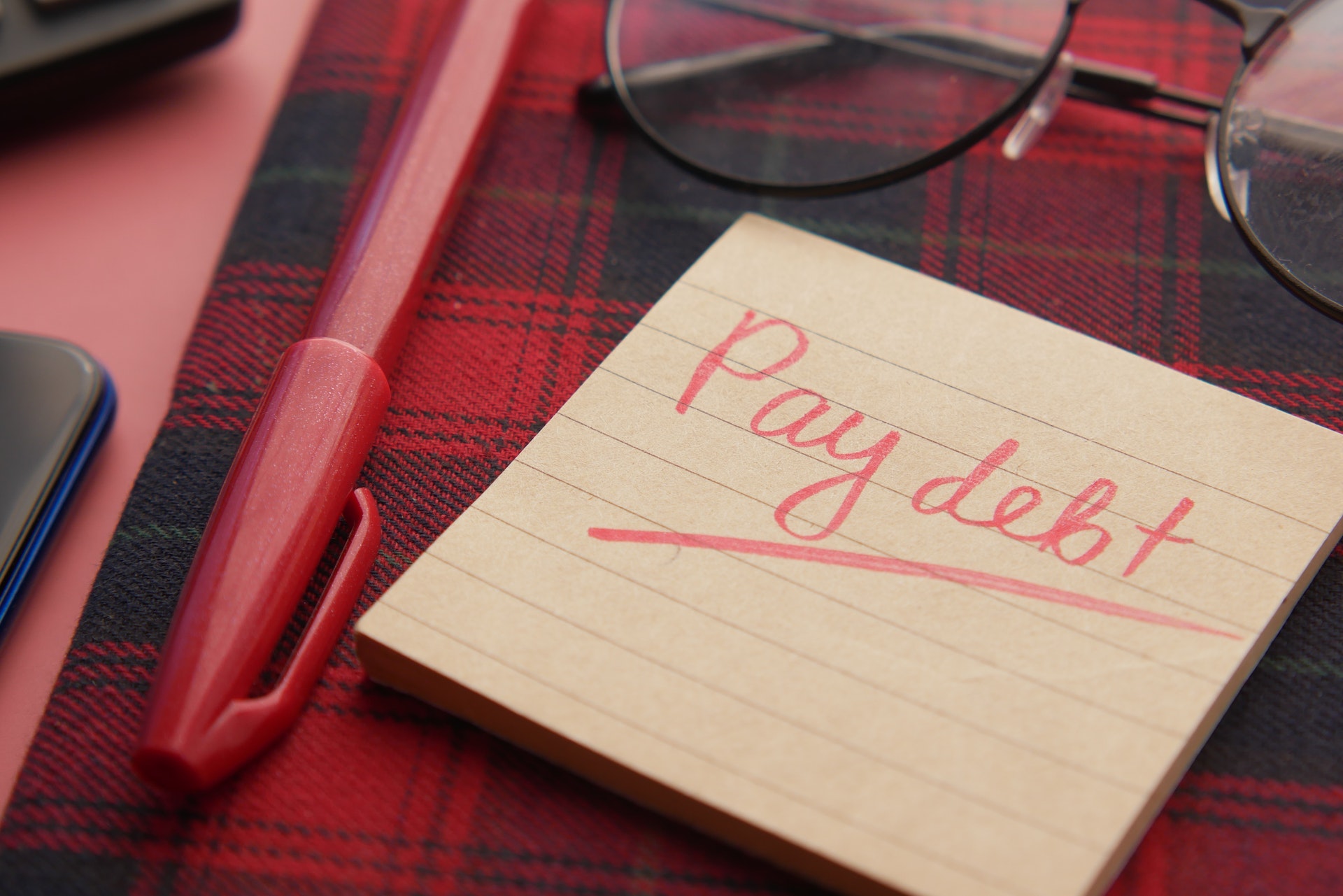What is a Personal Insolvency Agreement?
A personal insolvency agreement (PIA) is a formal arrangement between an individual and their creditors to manage and repay debts in a structured manner. It is a legally binding agreement administered under Part X of the Bankruptcy Act 1966. By opting for a PIA, individuals can avoid the more severe consequences associated with bankruptcy and work towards resolving their financial obligations.
Criteria for a Personal Insolvency Agreement in Australia
To be eligible for a personal insolvency agreement in Australia, individuals must meet certain criteria, including:
Insolvency: Demonstrating an inability to pay debts as they fall due.
Dollar Thresholds: Unlike a Debt Agreement there is no income, property or debt limits applicable to someone who wishes to propose a PIA.
Entering into a Personal Insolvency Agreement in Australia
The process of entering into a personal insolvency agreement typically involves the following steps:
Appointment of Trustee and Proposal: You will need to appoint a registereed trustee and work with them to prepare a proposal outlining your financial situation, income, assets, and debts. The proposal is then submitted to creditors for consideration.
A proposal may contain various methods for paying your creditors, including:
- A lump sum payment to creditors via the trustee either from the debtor's own money or from a third party (e.g. spouse;
- Allowing the trustee to sell a property, with proceeds being distributed to creditors; or
- Periodic payments over a period of time.
Trustee Report preparation: The trustee will prepare a eport that outlines what creditors can expect to recieve under a personal insolvency agreement scenario compared to bankruptcy.
Creditor's meeting: The trustee will hold a meeting for the creditor's to vote on the personal involvency agreement proposal. In order for the proposal to be accepted, it must be passed by a special resolution. This means that the majority in number of debtors and at least 75% of the debt value must vote in favour of the proposal.
Binding Agreement: If the proposal is accepted, a legally binding personal insolvency agreement is established. You will be required to make payments in accordance with the approved PIA and the trustee will distribute the funds among the creditors in accordance with the agreed terms.
What debts does a PIA Cover?
You can only compromise unsecured debts as a part of your PIA, For example, credit cards, overdrawn bank accounts, money that you owe to people/business for providing goods and services, gas, electricity, phone, internet bills.
You will still be required to pay things such as court fines, HECS debt, debts incurred after creditors receive the proposal.
You will still need to pay your secured debts such as home and investment mortgages or secured car loans.
Why Should You Contact Brunet Law when Considering a Personal Insolvency Agreement?
Seeking legal counsel is crucial when contemplating a personal insolvency agreement due to the following reasons:
Expert Advice: A lawyer specialising in insolvency matters can provide personalized guidance based on your unique circumstances, assess the suitability of a personal insolvency agreement, and explore alternative debt relief options if necessary.
Legal Protection: Lawyers ensure that your rights are protected throughout the process. They review and negotiate the terms of the agreement, ensuring fairness and reasonableness.
Complexities and Compliance: Personal insolvency agreements involve legal complexities and compliance requirements. Lawyers can help you navigate the intricacies, understand the implications of the agreement, and fulfill your obligations.
Representation: In case of disputes or complications during the agreement, lawyers can advocate on your behalf, represent your interests, and ensure a fair resolution.
Suitability: A personal insolvency agreement may not be the best option for your circumstances. Other options include bankruptcy and a debt agreement.

